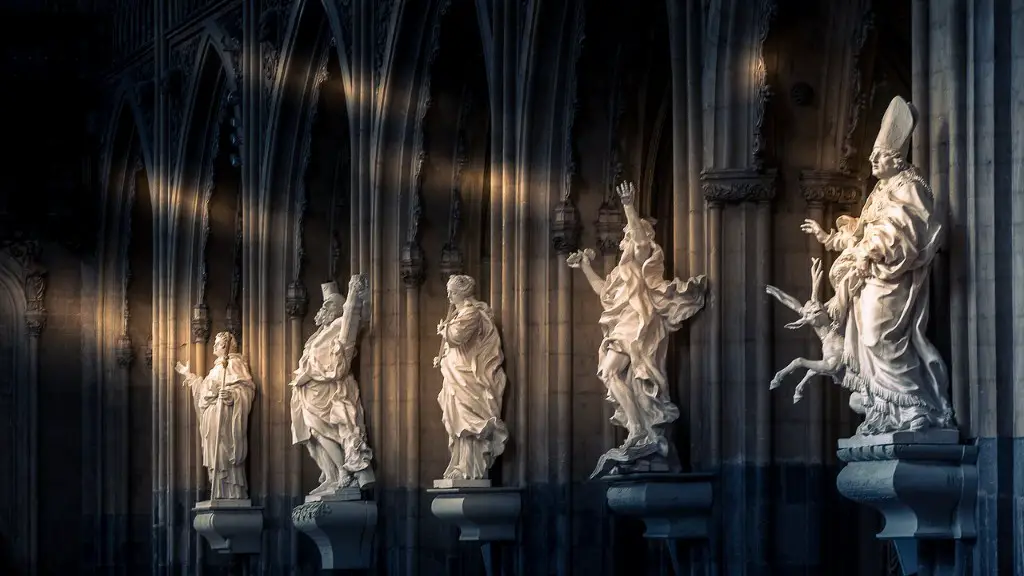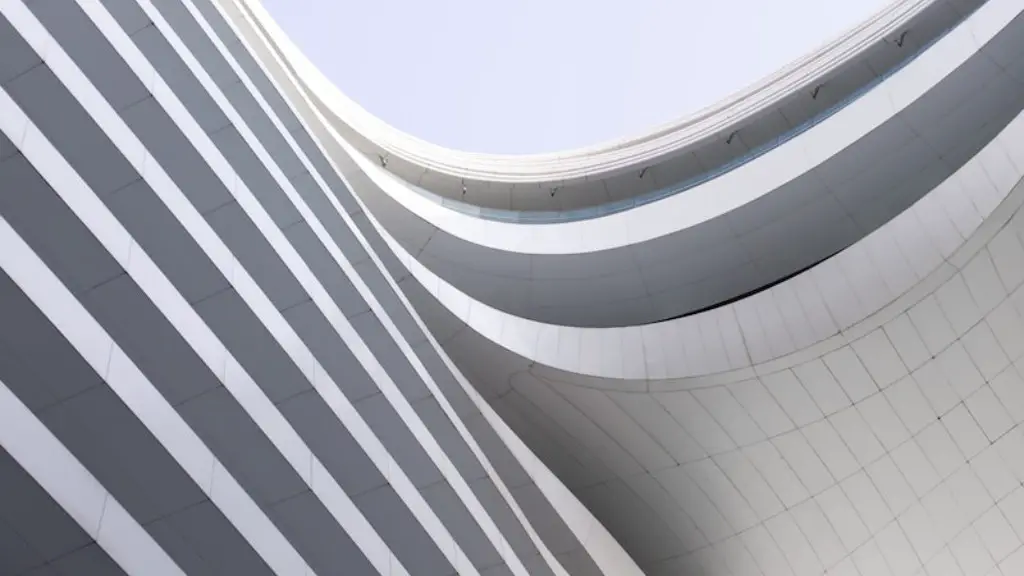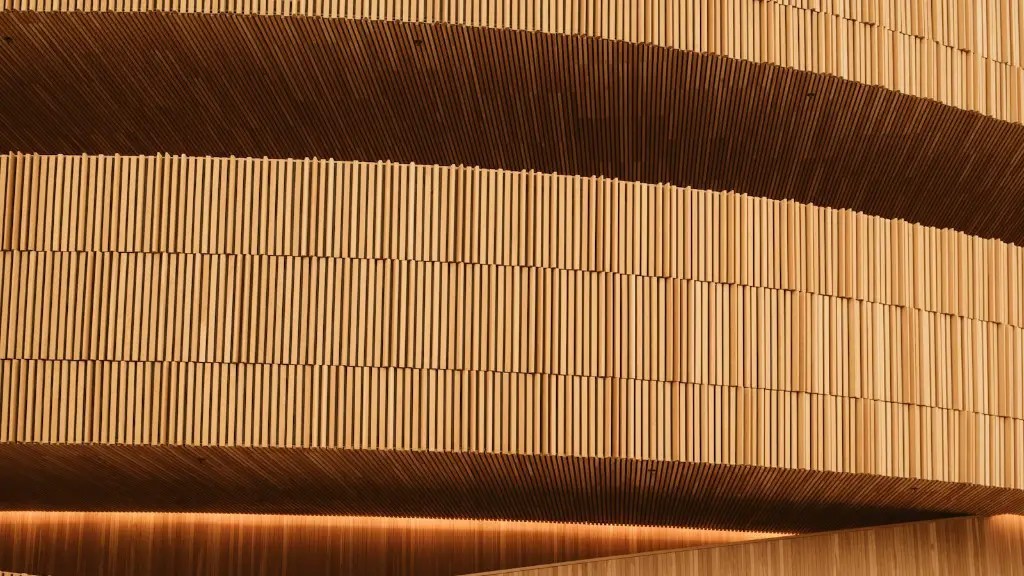Virtual reality, or VR, is an immersive experience in which users can interact with and explore a computer-generated 3D environment. VR has a variety of applications in architecture, including 3D rendering, construction coordination, and city planning. VR can provide architects with a realistic, hands-on way to explore their designs and test out different options before construction begins. VR can also be used to create immersive experiences for clients, allowing them to “walk through” a space and get a feel for the design before it’s built.
There are a few different ways that VR is used in architecture. The most common way is through the use of VR software that allows architects to create virtual models of their designs. These models can then be explored by the architect or by potential clients in order to get a better sense of the space. Additionally, VR can be used for things like creating visualizations of construction projects or for training purposes.
What are the advantages of using VR in architecture?
If you run an architectural or engineering firm, then you should definitely consider incorporating VR into your business. There are many benefits to doing so, including the ability to create individual experiences, understand the space, and train employees. Additionally, VR is more affordable than you might think, and you’ll get in early on the technology.
VR and AR are both technologies that enable the transformation of CAD models into photorealistic renderings and augmented reality scenes. This is tremendously useful for architects, allowing them to get 3D building models off the screen and into the real world in record time. VR allows for a completely immersive experience, while AR allows for a more hands-on approach where the user can interact with the virtual model in the real world.
How is the use of virtual reality in architecture becoming increasingly more significant
The ability to get feedback quickly and make changes instantly is one of the most appealing aspects of VR for architects. It allows them to experiment with different design options and get a feel for how they would work in the real world. This can save a lot of time and effort in the design process, and can ultimately result in a better design.
Virtual reality technology is a great tool for contractors to use when working on new construction or home renovations. With VR glasses, clients can see how the proposed plan will look in their home and how it will add value to their property. This technology can help to make the construction or renovation process smoother and more efficient.
How to make VR architecture?
Creating a VR walkthrough with SketchUp, Sketchfab and Lumion is a four step process. First, upload your CAD model into Sketchfab. Second, make preliminary adjustments to your model in the Sketchfab 3D editor. Third, test the model in your VR headset. Fourth, add materials and furniture in SketchUp.
There are many potential benefits to using VR for architecture. Perhaps the most obvious is that it can make communication between architects, builders, and clients much easier. Additionally, VR can help clients and builders visualize blueprints better than any render or scale model. VR can also allow designers to edit their designs in real time, which can be a huge time saver.
How can architects benefit from the metaverse?
The three-dimensional, immersive metaverse will provide significant opportunities for design firms to change how they work, the services they provide, and the products they deliver. The potential exists to create a parallel digital universe that mirrors the physical world, to develop entirely new universes, and to generate new revenue streams. With the advent of the metaverse, design firms will be able to create experiences that are more realistic and interactive than ever before, opening up a whole new realm of possibilities for both businesses and consumers.
Virtual reality (VR) has been gaining popularity in recent years and it is increasingly being used in various industries, including interior design. VR allows users to immerse themselves in a 360-degree virtual environment, which can give them a realistic sense of being in a different place. This can be useful for interior designers who want to give their clients a preview of what a certain space will look like. VR can be achieved using VR head-mounted displays (HMD) such as Samsung Gear VR and Google Cardboard.
What are three 3 types of technology commonly used on a construction site
Building Information Modeling (BIM) is having a significant impact on the construction industry. It is a 3D software that allows for more efficient and accurate construction planning. Virtual Reality (VR) is also becoming increasingly popular in the construction industry, as it allows for more realistic simulations of construction projects. Wearables, such as augmented reality glasses, are also being used more frequently in construction, as they allow for hands-free access to information. 3D Printing is also becoming more common in construction, as it allows for more customized and efficient construction. Artificial Intelligence (AI) is also starting to be used more in construction, as it can help with tasks such as project management and scheduling.
An oculus is a small window that is circular or oval in shape. The word oculus comes from the Latin word for “eye,” which is fitting since oculi were often used to let light into a space. Today, oculi are still used in architecture to add interest and light to a space.
Can you design a house in VR?
If you’re looking for a home design app that will allow you to create stunning virtual models of your interior and home projects, then you’ll want to check out Live Home 3D. This VR app is perfect for creating models that can be viewed using VR headsets, and it offers a great way to get a realistic view of your projects.
The price of a VR project can vary depending on the scope, features, and level of interactivity. An immersive VR rendering with customized game-like interactive features playable on any compatible device can cost anywhere from $15,000 to $40,000.
How will the metaverse change architecture
Metaverse is a term coined by Neal Stephenson in his science fiction novel Snow Crash (1992), referring to a virtual reality-based Metaverse platform architecture aiming to connect different virtual worlds and real worlds. The Metaverse platform would enable users to create a virtual identity, interact with other users in a virtual space, and carry out transactions and business activities.
Augmented reality in architecture is the process of overlaying 3D digital models of buildings or building components onto real-world sites. This allows architects and other design professionals to better visualize proposed construction projects and make more informed decisions about them. Additionally, AR can be used to provide instruction and guidance to construction crews during the build process.
Can I become an architect in the metaverse?
Before becoming an architect in the metaverse world, you need to do a good research on which technologies are used in the metaverse architecture. Make the right investments to have the necessary software and equipment. These investments are both material and moral.
There are several ways to make money in the metaverse. You can buy and sell digital assets, host virtual events, take part in play-to-earn games, design virtual spaces, or invest in metaverse tokens. Each option has its own pros and cons, so it’s important to figure out what will work best for you. Whichever route you choose, there’s good money to be made in the metaverse!
Final Words
There is no one-size-fits-all answer to this question, as the use of VR in architecture can vary depending on the specific project or goals. However, some common uses of VR in architecture include creating 3D models or simulations of proposed buildings or structures, allowing architects to explore and experiment with design ideas, and providing immersive experiences for potential clients or investors. Additionally, VR can be used for educational purposes, such as teaching architectural students about the principles of design and construction.
Virtual reality is increasingly becoming popular in the field of architecture. VR can be used for a variety of purposes, such as creating realistic models of buildings and environments, testing out designs, and giving presentations. The potential for VR in architecture is vast, and it is already starting to revolutionize the industry.




